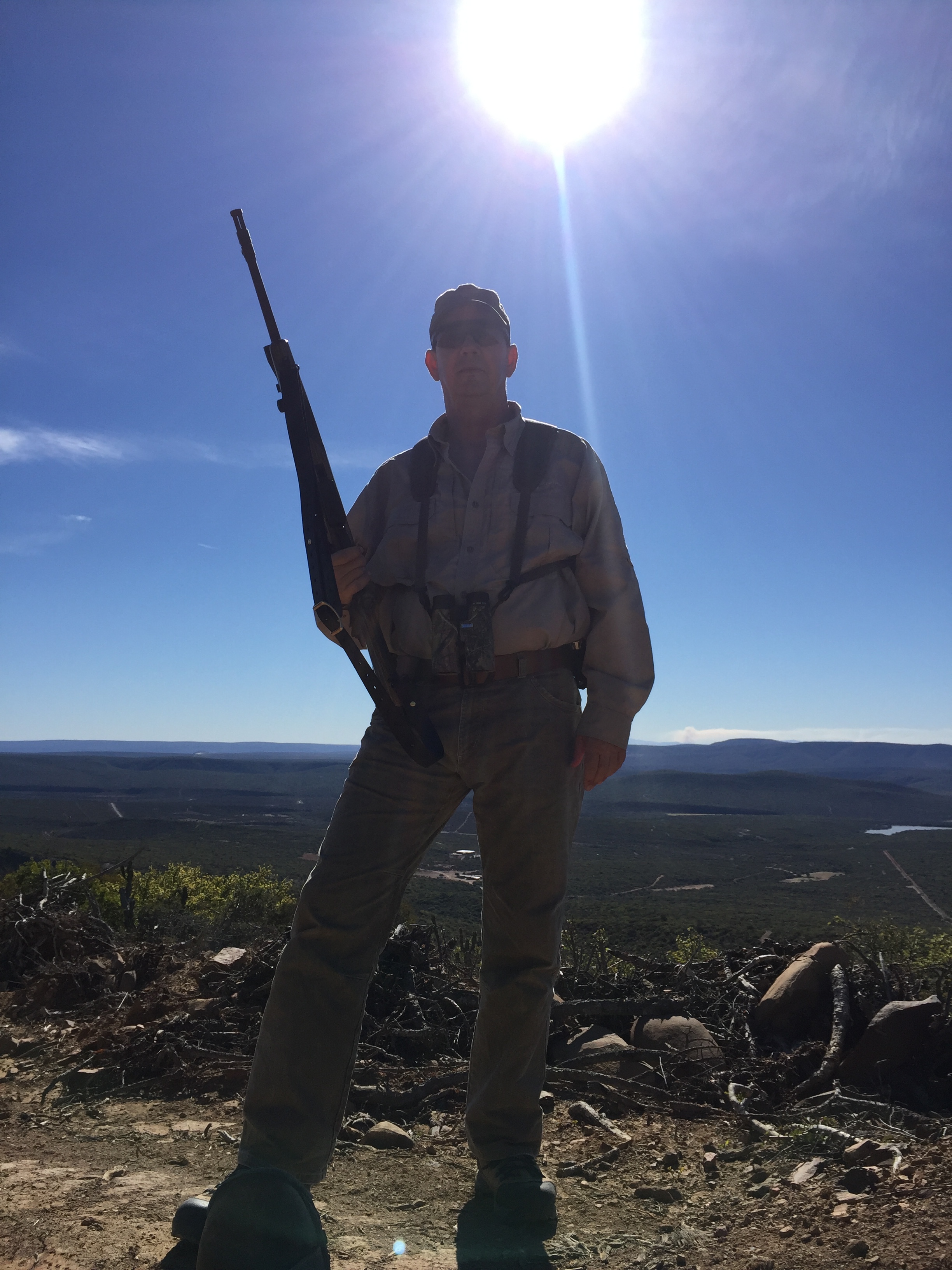Diagnostic Pistol Instructor at Range Ready
Pistol shooting is easy, right?
Simple? Yes. Easy? Not always.
Just line up the sights on target, and press the trigger without moving them. Simple, maybe…but not always so easy. There can be a lot of pitfalls between a shooter’s eyes, brain, and trigger finger, and it can be difficult to discern exactly what’s going on when there’s a problem.
Fortunately, there’s a class for that: Diagnostic Pistol Instructor, taught by Range Ready Studios’ Director of Training, Chris Cerino.
I recently attended the two day class, hosted at Range Ready Studios’ wonderful facilities in Robert, Louisiana. This was my second visit, the first being the Colt 1911 Experience class last September. I’m not going to spoil things for you by giving away a lot of detail about class content. Rather, I’d like to share some overall impressions about my experience and hopefully encourage you to visit Range Ready in the future. Note: I paid full course tuition, ammunition expenses, and travel costs out of pocket. I was not compensated in any way by Range Ready or Gun Talk, and my opinions are my own.
Chris Cerino developed the Diagnostic Pistol Instructor course over years of instructing, as he gained insights into what caused shooters to fail, and built up a battery of drills. tips, and tricks to help fix those failures. First of all, you should understand that this is not a beginner level class. Students should possess basic pistol shooting proficiency, and should be competent in baseline skills such as drawing from the holster, reloads, and malfunction clearances: those who are not will struggle to keep up and will not get as much from the class. A class such as Range Ready’s Semi-Auto Pistol Operator 1 would be more suited to the shooter who still needs to get comfortable with those fundamentals.
So who is this class for? As the name implies, it is suitable for anyone who instructs or aspires to instruct, or is looking to diagnose and remediate shortcomings, whether in themselves or in other shooters.
Back to school.
Day 1 of the course found 16 students in Range Ready’s well-equipped classroom for a discussion of course objectives and safety, before delving into some of the reasons that shooters miss. But before long, we geared up and headed out to the range to warm up a bit and allow Chris to make an initial assessment of where everyone stood in terms of shooting skill. From those first rounds fired came the first opportunity to get into the real meat of the course…learning to look at hits on a target and from there, begin to diagnose what mistakes the shooter may be making.
Diagnosing shooter issues through their targets.
But sometimes the target doesn’t reveal everything. In fact, as we continued to shoot drills with increasing levels of difficulty, Cerino shared that sometimes you have to ignore the target and observe the shooter during the shooting process. Work continued on what to look for in the shooter, techniques for analyzing their physical shooting process, and remedial drills to correct the issues they revealed.
Day 2 continued along the same trajectory, with still increasing degree of difficulty. One thing I observed was that as shooters became more skilled and the shooting challenges became more advanced, the more difficult it became to pick up the much smaller mistakes and issues which might be keeping a more advanced shooter from becoming even better. Still, Cerino and his team were on top of things, pushing us to really observe and think about what was going on, whether in our own shooting or in our classmates on the line.
Again, I’m not going to spoil the content of the class, but suffice it to say that the rest of Day 2 continued to exceed expectations. As a supervisor and firearms instructor for an armed federal contract security company, I came away much more confident in my ability to assist members of my team who may be struggling with shooting skills upon which their job…and possibly their life…depends. As a shooter, I gained confidence in my own ability both to make the shots I need to make, and to fix myself when I don’t. (I intentionally brought a pistol I don’t shoot especially well, and surprised myself at how well I was shooting it by the end of Day 1.)
In short, I completed the Diagnostic Pistol Instructor course with knowledge and skills to improve both myself and others in my circle of friends and co-workers, and you can’t really put a price on that. I remain an unapologetic fan of Chris Cerino and the entire Range Ready team, and whether or not you see the Diagnostic Pistol Instructor class in your future, I have no doubt that you can find a Range Ready class which meets your training needs.
As always, BIG thanks to Hannah, Brad, Shane, Taylor, Willis, and all of the support crew that make training at Range Ready the great experience that it is!
To be notified of upcoming classes at Range Ready, sign up for their email list at the bottom of this page.













